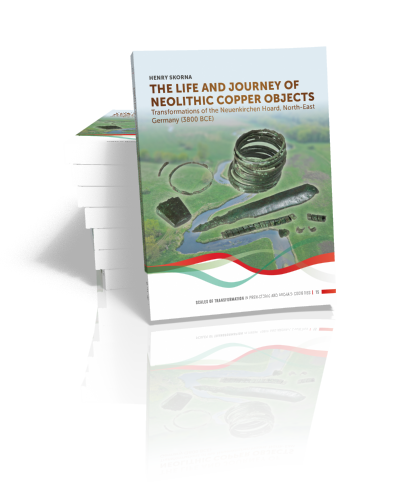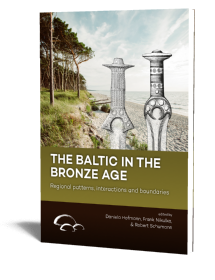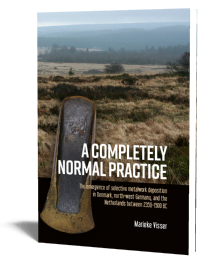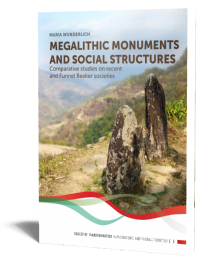Abstract:
This work is an intensive study of the Neolithic deposition of copper objects from Neuenkirchen in North-East Germany. This unique ensemble represents one of the very rare hoard finds from the early Early Neolithic, and is the first of its kind for nearly 100 years, matched only by the famous younger hoard find from Bygholm (Denmark).
The beginning of neolithization at the end of the fifth millennium is not only characterised by a change in the subsistence strategy, but also by the development of far-reaching networks of the Neolithic Funnel Beaker societies in Northern Germany. Proof is provided by the first metal finds which also appear at the same time in the North and were imported from the early metallurgical centres in the Balkan-Carpathian area. The hoard of Neuenkirchen is an outstanding example for these new, long-distance contacts.
Drawing from a multi-method approach, the study attempts to trace the life and journey of the individual objects in the hoard and the transformation processes they underwent before they finally ended up in the ground. To this end, an intensive typological discussion, use-wear analysis, plus trace element and lead isotopes analyses of the objects are paired with a comprehensive overview of the natural environment, deposition practices, and settlement activities in the vicinity of Neuenkirchen. In the context of comparable hoard finds from the 5th/4th millennium, and the development of early metallurgy in Southeast Europe, these results make the journey and transformation of the objects from Neuenkirchen comprehensible.
Contents
Preface of the Series Editors
Preface of the Head of the Department of Archaeology of the State Office for Culture and Monument Preservation
Foreword
1. Introduction
1.1 Definition of hoard finds
2. Topographical posistion of Neuenkirchen
3. State of research on the Funnel Beaker North Group in present-day Mecklenburg-Western Pomerania
4. Chronology of the Funnel Beaker Societies
5. Anthropogenic activities in the surroundings of Neuenkirchen at the time of the Funnel Beaker Societies
5.1 Settlement activities
5.2 The settlement sites of Warlin, Brunn, Carpin, Jatznick, Glasow and Gristow
5.3 Funnel Beaker Period hoards and megalithic graves in the vicinity of Neuenkirchen
5.4 Summary of anthropogenic activities in the vicinity of Neuenkirchen
6. Finds and features of the hoard find from Neuenkirchen
6.1 Feature and artefact descriptions
7. Analysis of traces of manufacture and use
7.1 Damage
7.2 Reworking
7.3 Addressing possible signs of use and manufacture on the Neuenkirchen hoard inventory
8. X-ray flurorescence and lead isotopes analyses
8.1 History of research on chemical metal analyses in archaeology
8.2 Functionality of X-ray fluorescence analysis
8.3 Limits and difficulties
8.4 Information depths and patina
8.5 Procedure for the author’s pXRF analyses
8.6 Results
9. Early Copper in Mecklenburg-Western Pomerania
9.1 Overview of the copper finds
9.2 Chronological position of the copper finds
10. Typo-chronological analyses of the Neuenkirchen artefacts
10.1 Dagger
10.2 Dagger typology
10.3 The flat axe from Neuenkirchen
10.4 The arm spiral from Neuenkirchen
10.5 The band spiral from Neuenkirchen
10.6 The sheet metal fragment from Neuenkirchen
10.7 Excursus: Pars pro toto of a necklace of band spiral and pendants?
10.8 Overall chronological assessment of the hoard from Neuenkirchen
11. Neuenkirchen in the mirror of the development of Early Metallurgy in Southeast Europe
12. Neuenkirchen – profane, ritual and/or social practice?
13. Summary
14. References

Henry Skorna
MA
Henry Skorna studied Pre- and Protohistory (MA) and Pedagogics (BA) at Christian-Albrecht-University, Kiel (2010-2017), was a research assistant at the Romano-Germanic Commission of the German Archaeological Institute (2017-2019), and since October 2019 is a PhD candidate at the Cluster of Excellence ROOTS, Christian-Albrecht-University, Kiel.
read more











